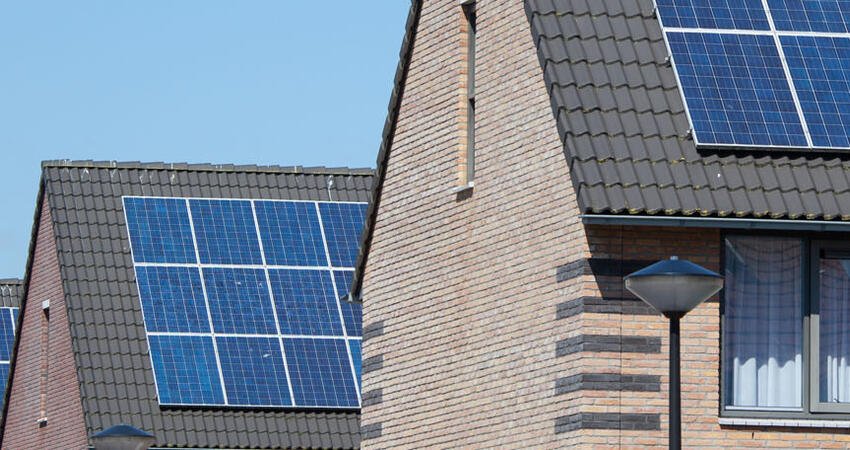
Energy Efficiency Upgrades Can Help Multifamily Housing Remain Affordable
- Title:
- Energy Efficiency Upgrades Can Help Multifamily Housing Remain Affordable
- Author:
-
Nicholas W. Taylor, Jennison K. Searcy, Pierce H. Jones
- Source:
-
Energy Efficiency
- Publication Date:
-
2015
Evidence shows that retrofitting the entire stock of multifamily apartment buildings in the United States could save tenants and property owners $8 billion a year in energy costs and reduce electricity consumption by almost 15 percent. Amid the rising cost of housing, energy efficiency upgrades can provide much-needed relief to low-income families and help keep rental stock affordable, but few documented examples showcase the benefits of energy retrofits in multifamily housing. Addressing this gap, this study measures the impact of a collaborative energy efficiency program in Orlando, Florida, analyzing energy costs before and after retrofits in four multifamily apartment complexes.
Researchers compared 81 units that received energy efficiency upgrades with a control group of 142 units that did not receive any upgrades. To standardize the study sample, researchers included only units consistently occupied by a single-tenant household and excluded all units with notably high or low energy consumption. The energy efficiency upgrades included installing high-efficiency HVAC (heating, ventilation, and air conditioning) systems, energy-efficient refrigerators, fluorescent lighting, and water-saving showerheads. Some of the units received new attic insulation, duct work, and solar window films. The new equipment and installations cost an average of $4,359 per unit, with an expected life span of 12 years for the package of retrofits. Findings suggest that multifamily retrofits in hot and humid climates like the southeastern United States can result in significant energy and cost savings.
Key findings
- Before the retrofits, both the control and treatment units used 9,500 to 9,900 kilowatt-hours (kWh), with an average utility bill of $1,235 a year.
- After the retrofit, tenants saved, on average, 22 percent in energy use, or about $272 annually on electric bills.
- Scaled across all four buildings, the upgrades resulted in savings of 531.1 megawatt-hours and $68,913. Energy use was reduced by 18 to 29 percent annually, and aggregate utility bill savings to tenants ranged from $10,000 to $27,500 a year.
- The per unit average monthly savings ranged from 48 kWh (9 percent) in December to 340 kWh (31 percent) in August. Energy savings in the summer months accounted for 44 percent of the annual savings, while energy savings in the winter accounted for only 9 percent of the annual savings.
- Units with the highest electric bills before the retrofits saw the biggest annual savings, at $400 to $500 a unit.
Photo by esbobeldijk/Shutterstock


